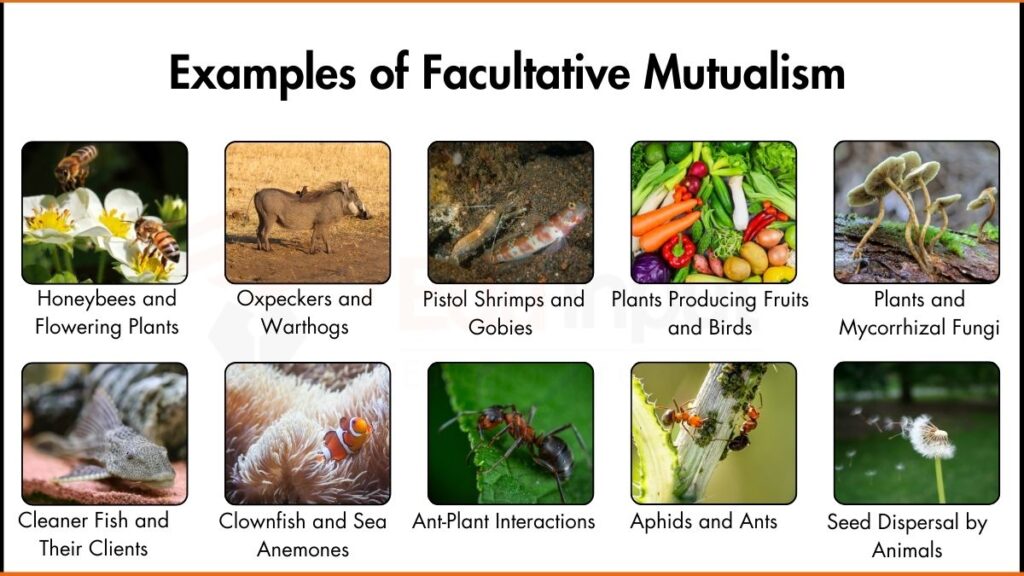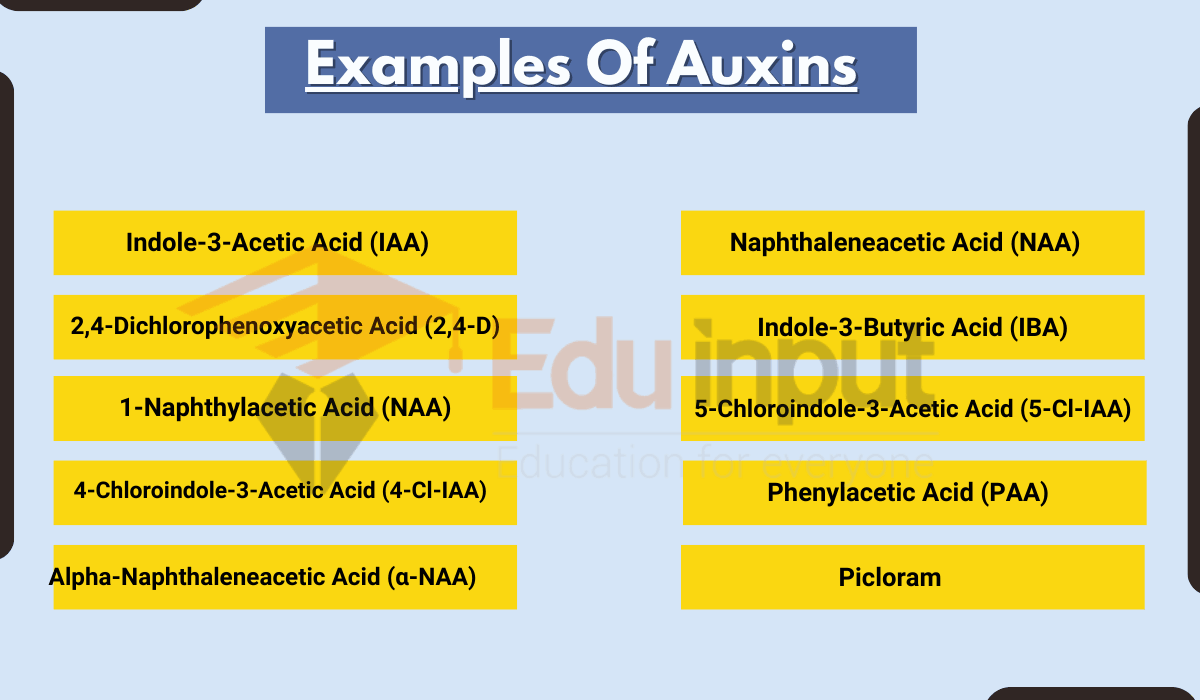10 Examples of Facultative Mutualism
Facultative mutualism occurs when two species benefit from interacting but can survive without each other. These symbiotic relationships are flexible and allow organisms to rely on other sources if needed. Many species engage in facultative mutualism across ecosystems, from forests and grasslands to oceans and deserts. Some examples include pollination, parasite removal, seed dispersal, and nutrient exchange.

Facultative mutualism plays a key role in ecosystems by increasing survival chances for different species. However, because neither species is entirely dependent, they can adapt to environmental changes and alternative sources when necessary.
References: [1][2][3][4][5][6][7]
Examples of Facultative Mutualism
Facultative mutualism provides advantages to both species, but neither depends entirely on the other. Here are some well-known examples.
1. Honeybees and Flowering Plants
Honeybees collect nectar from flowers as a food source. In the process, they transfer pollen between flowers, aiding plant fertilization. This relationship benefits both species—plants reproduce, and bees get nourishment. However, this interaction is facultative because bees can gather nectar from different plants, and flowers can be pollinated by other insects or the wind.
2. Oxpeckers and Warthogs
Oxpeckers perch on warthogs and eat parasites from their skin. The birds gain a reliable food source, while the warthogs benefit from parasite removal. Despite this relationship, warthogs can remove parasites through other means, such as mud baths, and oxpeckers can find other hosts or food sources. This makes their mutualism facultative rather than obligatory.
3. Pistol Shrimps and Gobies
Pistol shrimps dig burrows in sandy ocean floors, creating safe shelters. Gobies often share these burrows, using them as protection from predators. In return, gobies act as lookouts, alerting shrimps of danger. While both species benefit, they can survive independently—shrimp can build burrows without gobies, and gobies can find other hiding spots.
4. Plants Producing Fruits and Birds
Birds eat fruits from plants, gaining nutrients while dispersing seeds through their droppings. This helps plants spread to new areas. However, birds have other food sources, and plants can use wind, water, or animals other than birds for seed dispersal. This flexibility makes their interaction facultative mutualism.
5. Plants and Mycorrhizal Fungi
Mycorrhizal fungi colonize plant roots, helping plants absorb nutrients while receiving carbohydrates in return. This relationship enhances plant growth and fungal survival. However, both organisms can live without each other—plants can absorb nutrients from soil independently, and fungi can survive on decaying organic matter.
6. Cleaner Fish and Their Clients
Cleaner fish remove parasites from larger fish, gaining food while keeping their hosts healthy. This benefits both parties, but neither relies solely on this interaction. Larger fish can control parasites through other means, and cleaner fish can consume other food sources.
7. Clownfish and Sea Anemones
Clownfish live among sea anemones, gaining protection from predators. In return, they provide nutrients and may help clean the anemone. However, some clownfish can survive in different habitats, and sea anemones can thrive without clownfish. Their relationship remains beneficial but not essential for survival.
8. Ant-Plant Interactions
Some ants protect plants from herbivores in exchange for food or shelter. The plants benefit from reduced damage, while ants gain resources. However, ants can find other food, and plants can use different defense strategies, making this interaction facultative mutualism.
9. Aphids and Ants
Ants tend to aphids, collecting honeydew as food while protecting them from predators. Although this benefits both species, some aphids can survive without ant protection, and ants can find food elsewhere. This makes their relationship a facultative mutualism.
10. Seed Dispersal by Animals
Animals eat seeds from plants and help spread them across different areas. This benefits plant reproduction, while animals gain food. However, some plants disperse seeds through wind or water, and animals can find other food sources, making this relationship facultative.





Leave a Reply